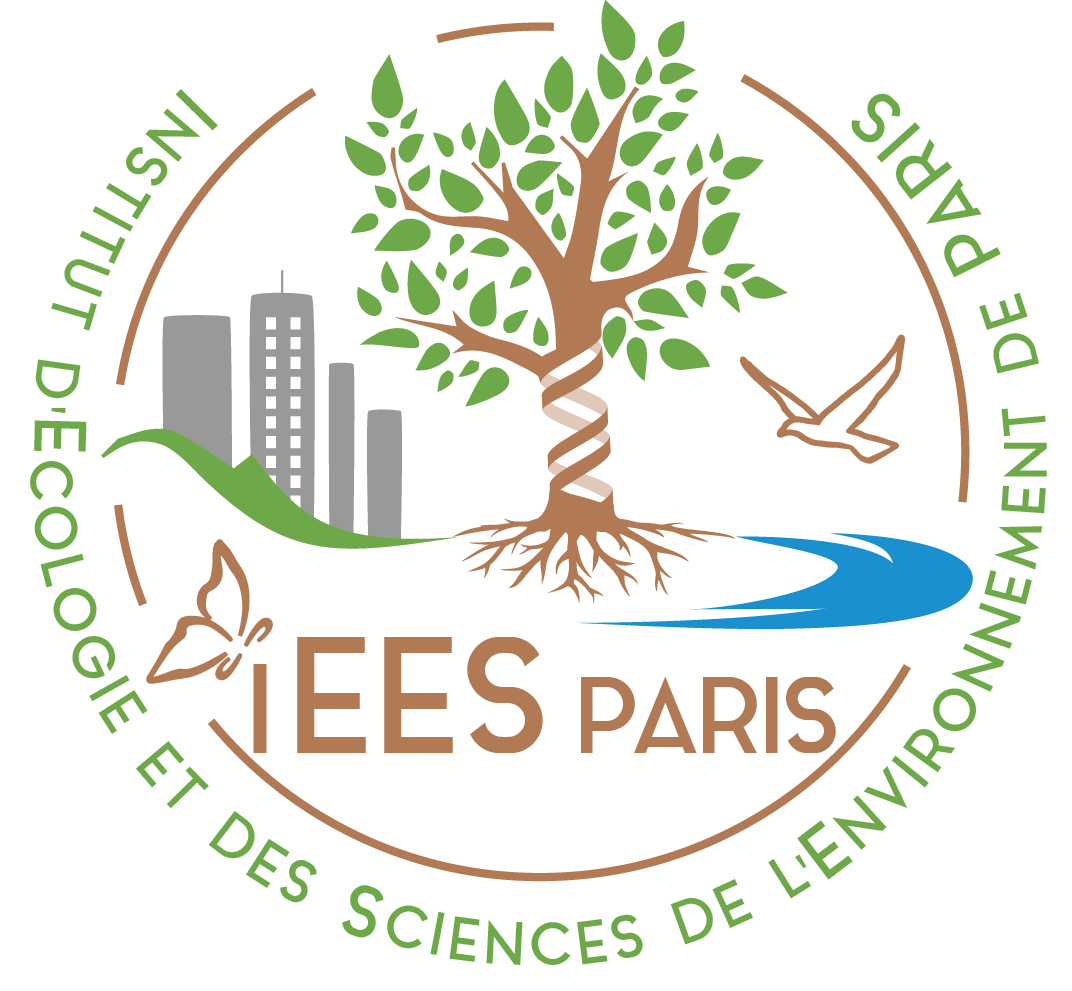From shifting cultivation to teak plantation: effect on overland flow and sediment yield in a montane tropical catchment
Soil erosion supplies large quantities of sediments to rivers of Southeastern Asia. It reduces soil fertility of agro-ecosystems located on hillslopes, and it degrades, downstream, water resource quality and leads to the siltation of reservoirs. An increase in the surface area covered with commercial perennial monocultures such as teak plantations is currently observed at the expanse of traditional slash-and burn cultivation systems in steep montane environments of these regions. The impacts of land-use change on the hydrological response and sediment yields have been investigated in a representative catchment of Laos (M-TROPICS/MSEC/Houay Pano CZO) monitored for 13 years.
The paper, published in June 2017 in Scientific Reports, can be found here.

















